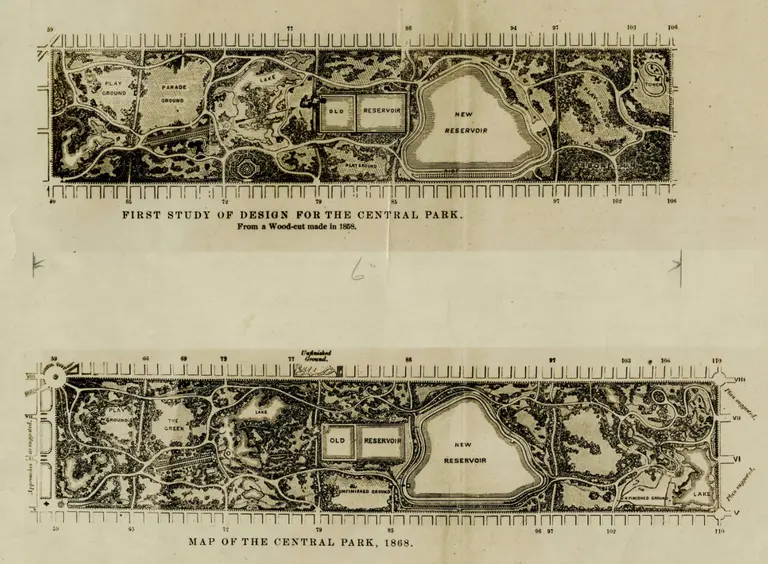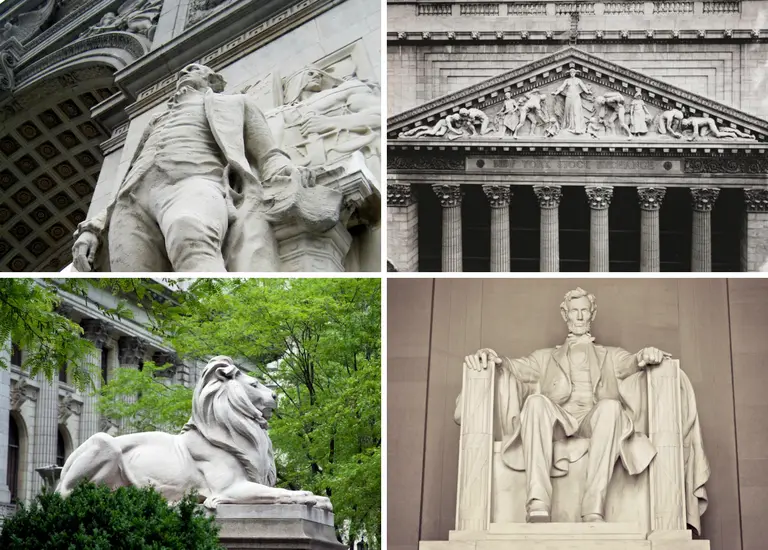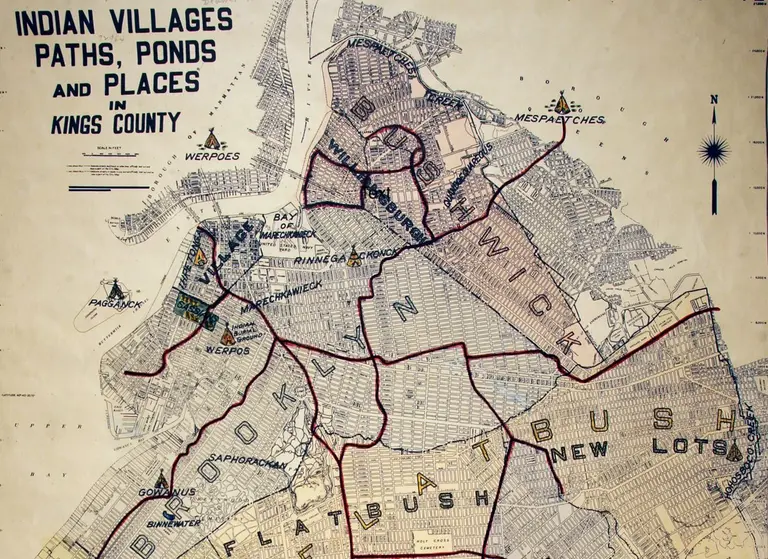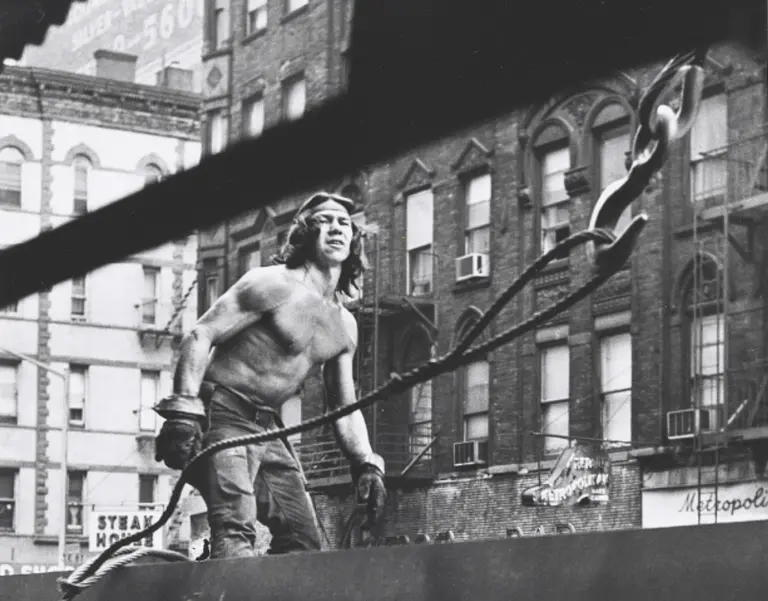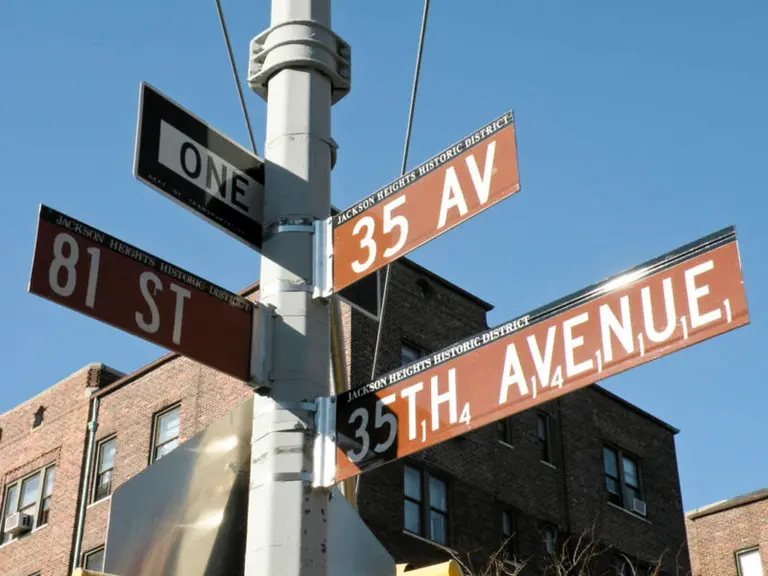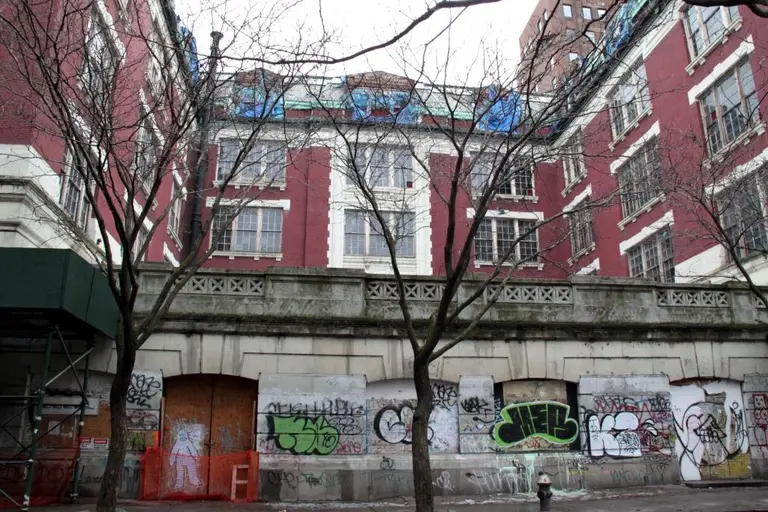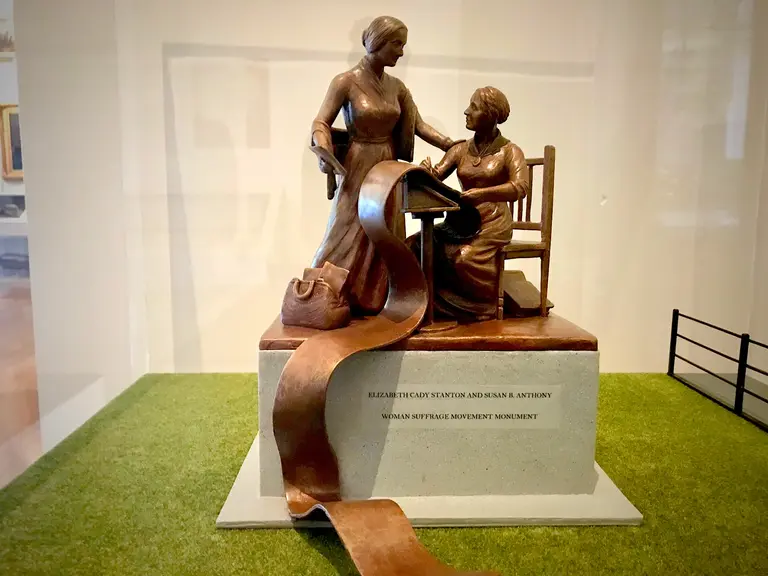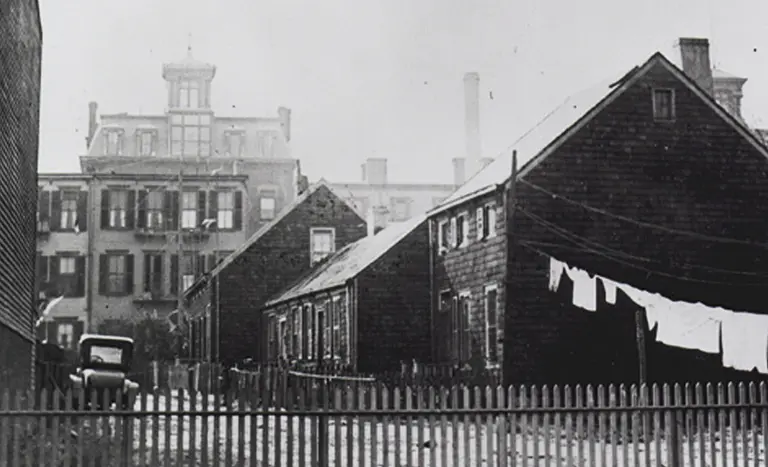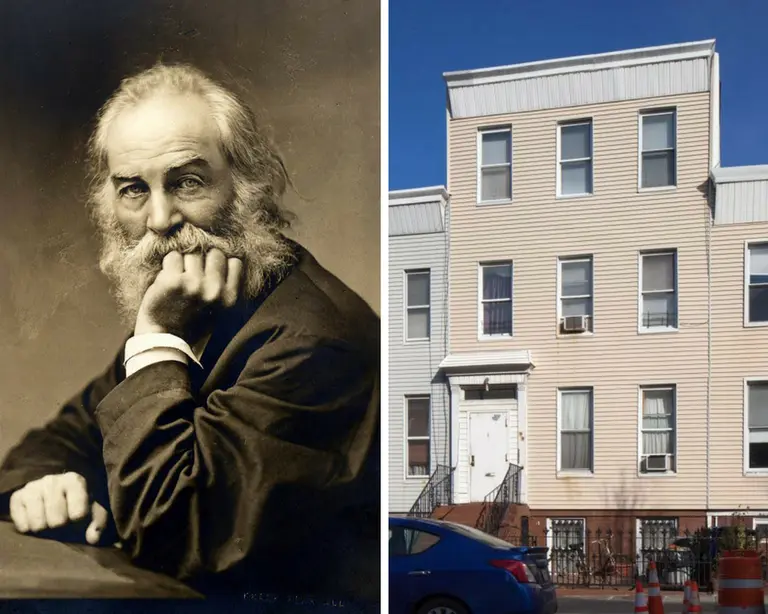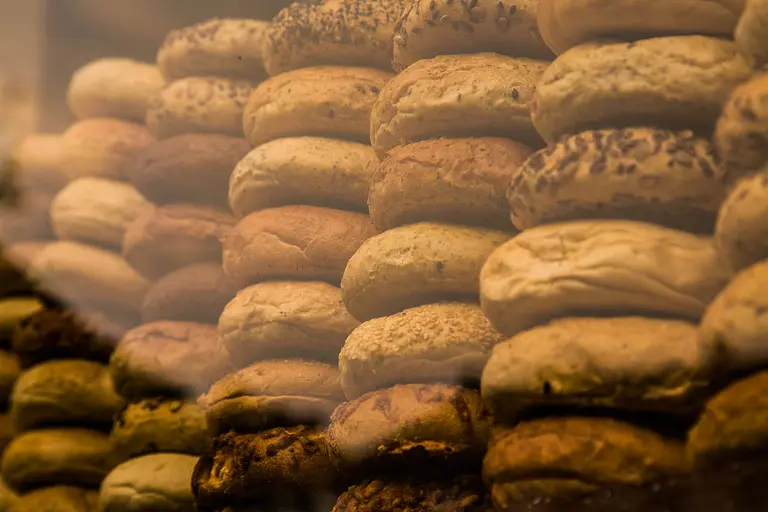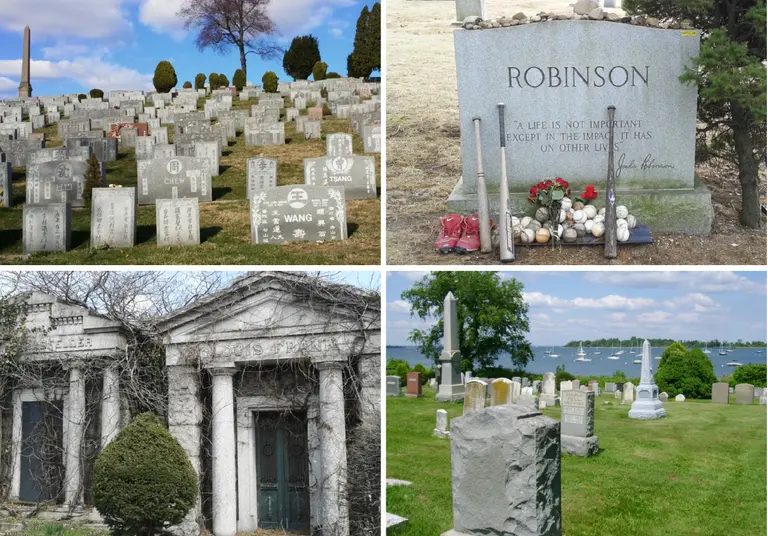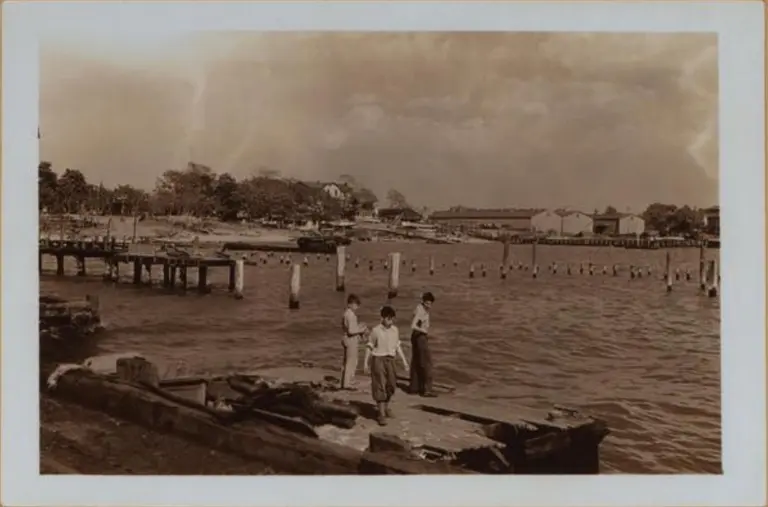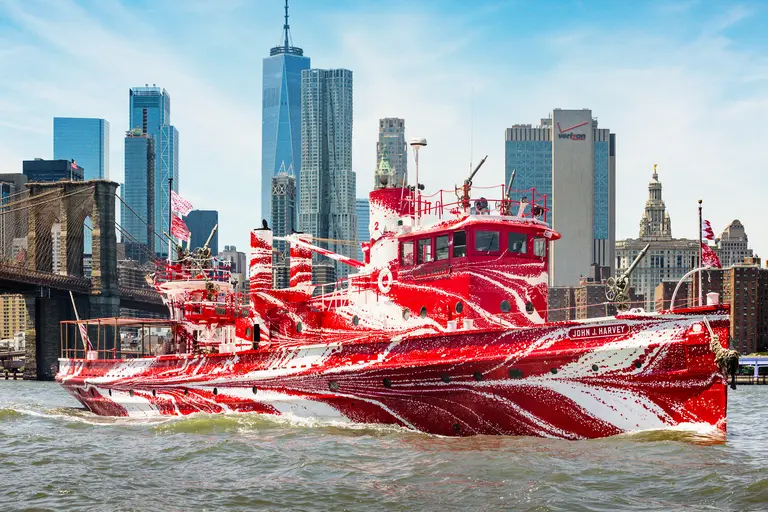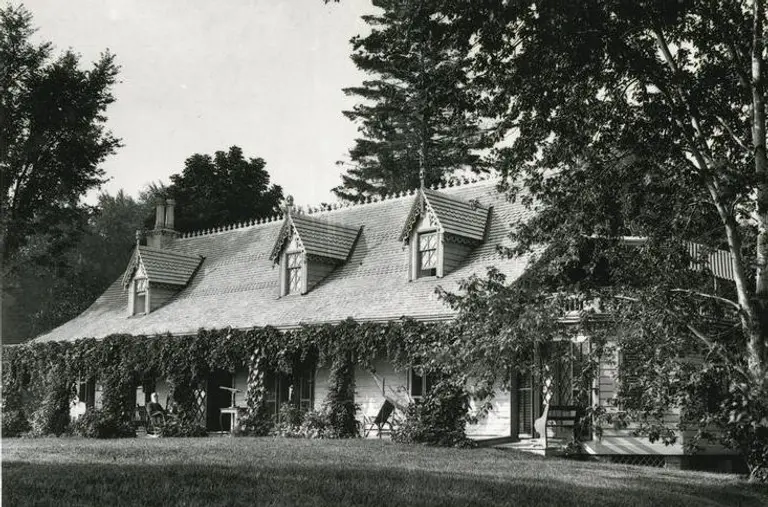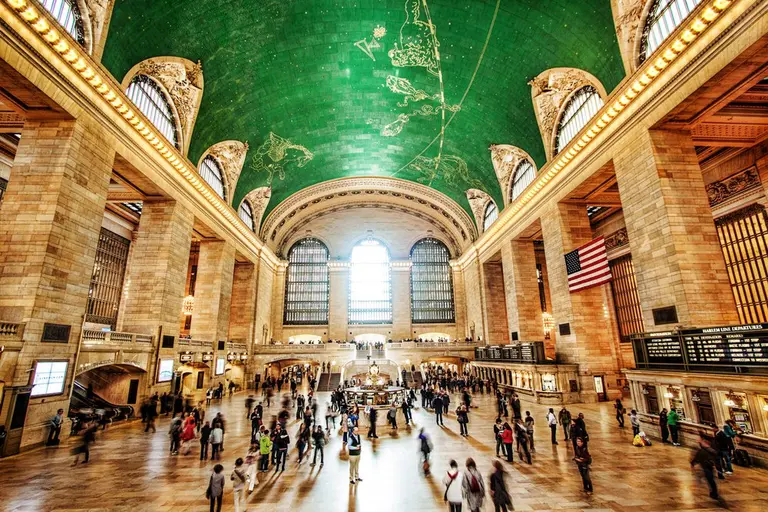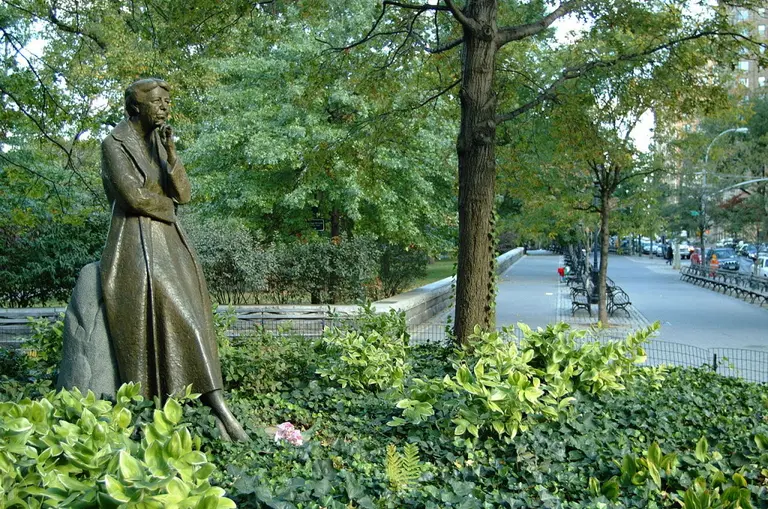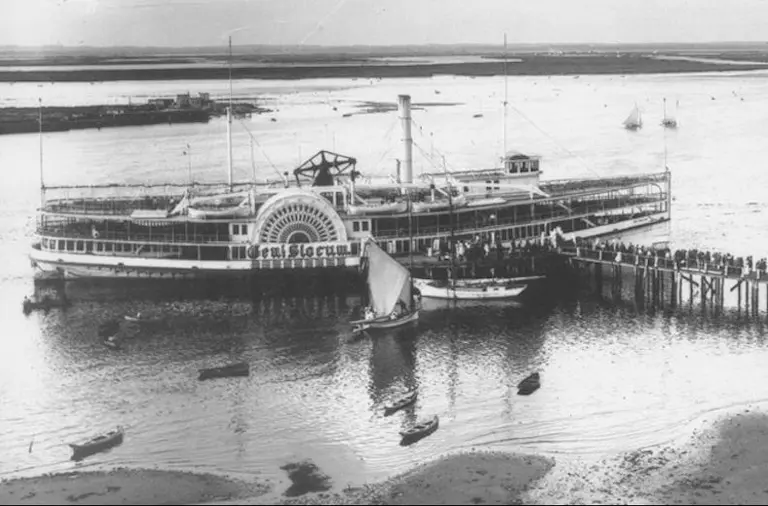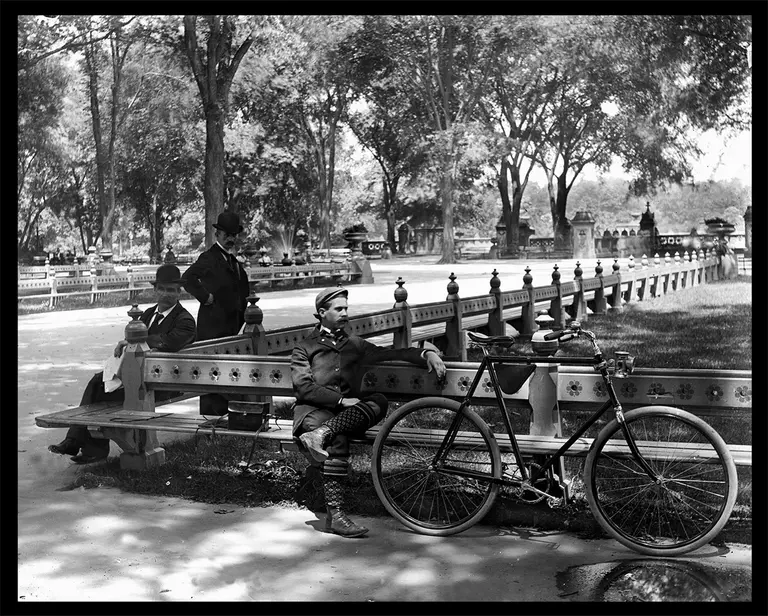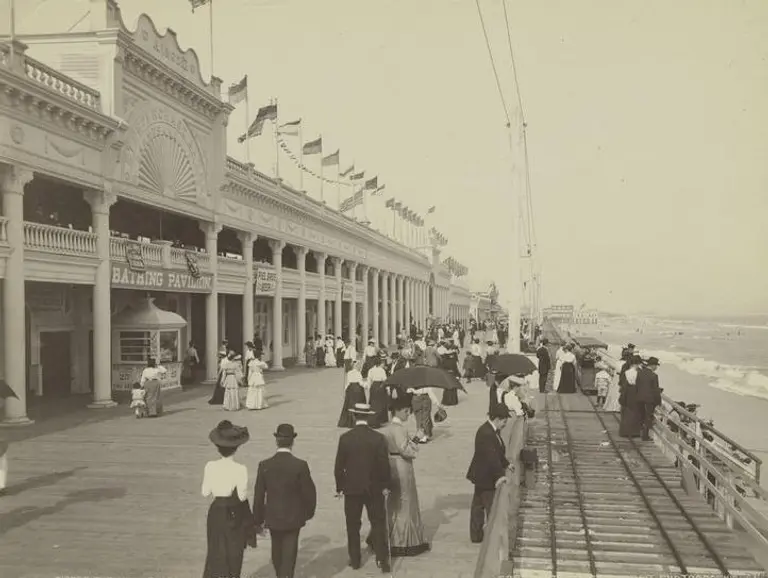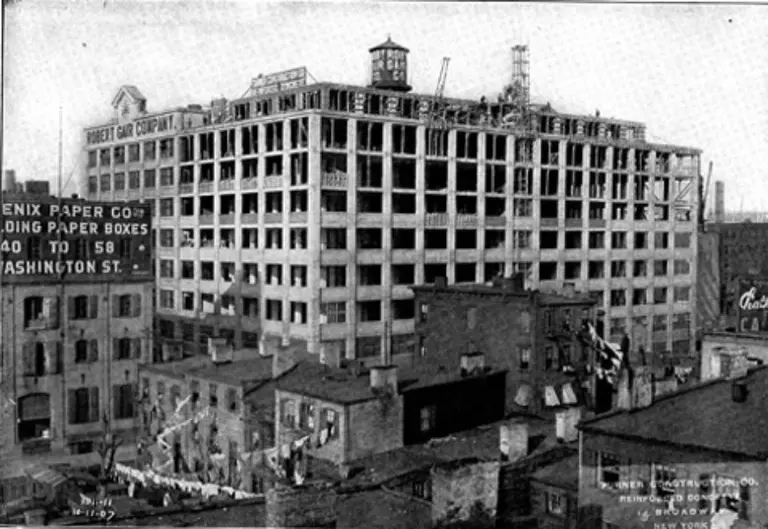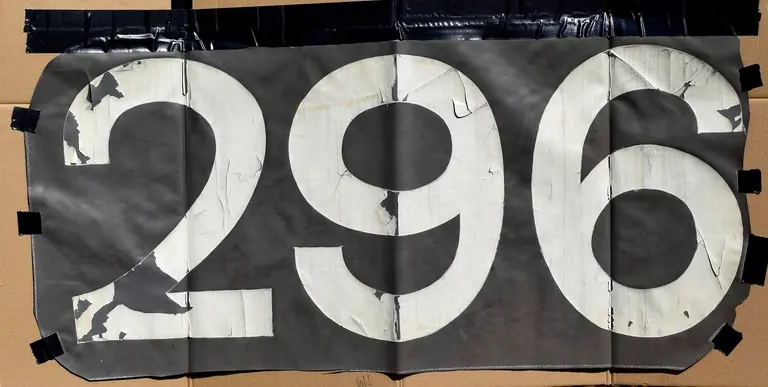June 14, 2018
6sqft’s series The Urban Lens invites photographers to share work exploring a theme or a place within New York City. In this installment, Ray Simone shares vintage photographs of New York City he has lovingly restored to stunning quality. Are you a photographer who’d like to see your work featured on The Urban Lens? Get in touch with us at
[email protected].
Born-and-raised Manhattanite Ray Simone has a native knowledge of New York, as well as an intimate understanding of its past lives. When he’s not taking current photos of the city, he's in his Williamsburg studio, restoring its past, negative by negative to shocking quality. While some negatives take under an hour to restore, the more badly damaged ones can require more than 40 hours of painstaking work, going pixel by pixel. “You can only work at something a certain amount of hours at a time,” Simone reflects, “You get tunnel vision after a while; carpal tunnel.” Ahead, 6sqft talks to Simone about his photo restoration business and his thoughts on NYC's history and future, and we get a special look at some of his greatest restoration works.
Travel back in time
